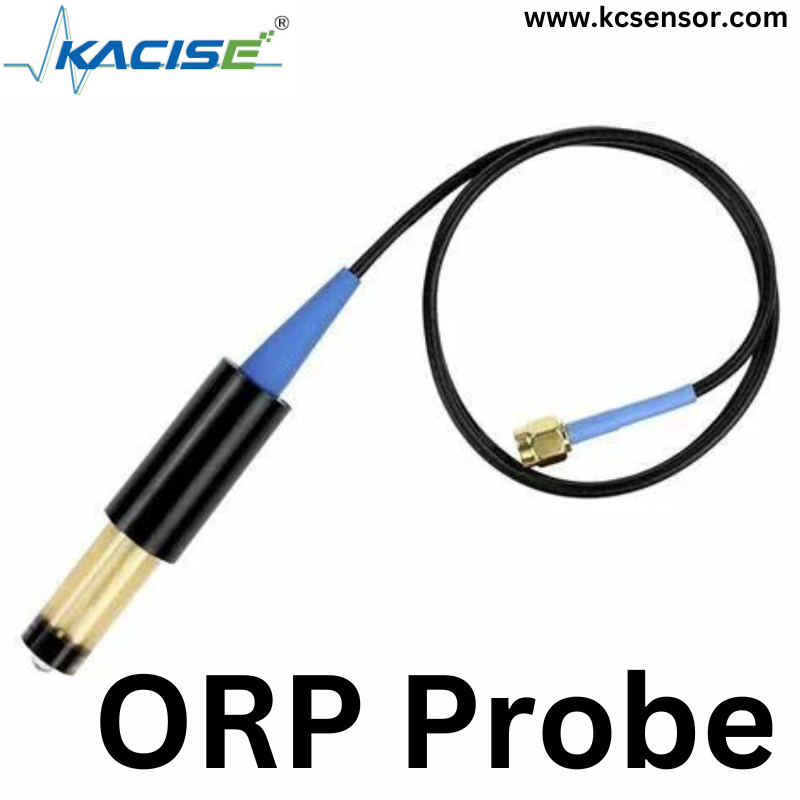Oxidation-Reduction Potential (ORP) probes are crucial instruments in the field of water quality management, used to measure the electron activity in a water sample. This measurement helps assess the water’s ability to either release or accept electrons during chemical reactions, which is indicative of its oxidation or reduction potential. Understanding how ORP probes work and their applications can provide valuable insights into maintaining and improving water quality across various industries.
Function of ORP Probes
ORP probes function by measuring the electrical potential difference between a reference electrode and a measuring electrode immersed in a water sample. This potential is expressed in millivolts (mV) and reflects the water’s redox potential, which is a critical parameter for assessing chemical reactions involving oxidation and reduction.
The basic operation of an ORP probe involves a platinum or gold measuring electrode, which interacts with the water to gauge its redox activity. The reference electrode, often made of silver-silver chloride or calomel, provides a stable reference point against which the potential of the measuring electrode is compared. The resulting ORP value gives a quantitative measure of the water’s electron activity, which can be correlated to the concentration of oxidizing or reducing agents present.
Applications and Importance
- Water Treatment: In municipal and industrial water treatment plants, ORP probes are used to monitor and control disinfection processes. Chlorine or ozone is commonly added to water to eliminate pathogens, and the ORP value helps ensure that the disinfectant is present in the right concentration. If the ORP value is too low, it may indicate insufficient disinfection, while a value that is too high could signal excessive chemical use.
- Environmental Monitoring: ORP probes are employed to assess the health of natural water bodies, such as rivers, lakes, and reservoirs. Changes in ORP values can indicate shifts in water chemistry, such as the presence of pollutants or changes in biological activity. For instance, a decrease in ORP may suggest increasing organic matter or reduced oxygen levels, which can impact aquatic ecosystems.
- Aquaculture: In aquaculture, maintaining optimal water conditions is crucial for the health of fish and other aquatic organisms. ORP probes help monitor water quality by providing real-time data on the redox potential, which is essential for managing oxygen levels, controlling disease outbreaks, and optimizing feed and nutrient use.
- Food and Beverage Industry: The food and beverage industry uses ORP probes to ensure the safety and quality of products. In processes such as pasteurization and sterilization, ORP measurements help verify that adequate sanitization has been achieved. Additionally, ORP probes can monitor the quality of water used in production processes.
Challenges and Considerations
While ORP probes are powerful tools, they are not without challenges. Calibration is essential to ensure accurate readings, as ORP probes can drift over time. Regular maintenance and calibration using standard solutions are necessary to maintain the accuracy of measurements. Additionally, ORP probes can be influenced by factors such as temperature, pH, and the presence of interfering substances, which must be accounted for to ensure reliable data.
In summary, ORP probes play a vital role in water quality management by providing insights into the oxidation and reduction processes occurring in water. Their applications span across various industries, from municipal water treatment to environmental monitoring and food safety. Understanding the function and impact of ORP probes helps ensure that water quality is effectively managed, contributing to the overall health and safety of both human and environmental systems.
